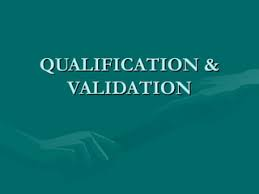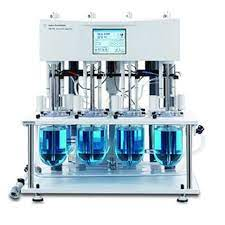Qualification and Validation 1- In accordance with GMP, each pharmaceutical company should identify what qualification and validation work is required to demonstrate that it is critical aspects of their particular operation are controlled. 2- Key elements of the company's qualification and validation program should be clearly defined and documented in the master validation plan. 3- Qualification and validation should create and provide documentation proof that: a) Premises, support services, equipment and processes were available designed in accordance with GMP requirements (desig...




